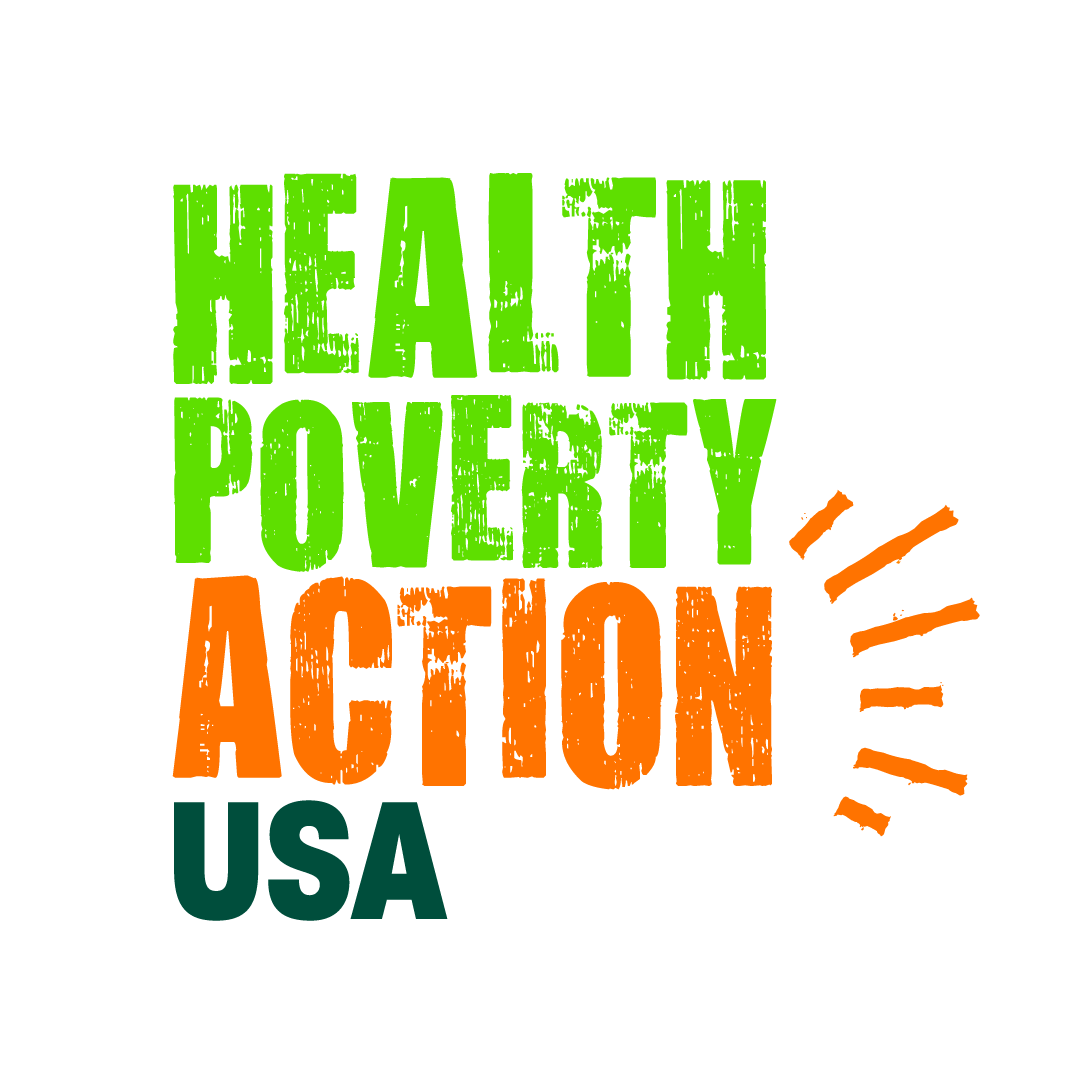Health Poverty Action is part of a global movement.
In 1978, health campaigners worldwide achieved a major breakthrough at the UN Alma-Ata Conference on Primary Health Care. This conference statement signalled a new approach to health care, often described as the ‘primary health care approach’ or the ‘Alma-Ata principles’ – deeply rooted in the social and structural determinants of health (such as poverty eradication), and emphasising the importance of health care being accountable and accessible to the people it serves. A global target of achieving “Health for All” by the year 2000 was established.
Health Poverty Action was born out of this primary health care movement. We have always been part of it, and it remains our primary global network (now known as the People’s Health Movement).
The title ‘People’s Health Movement’ came into being in the year 2000. The world had moved away from the Alma-Ata principles towards a more market-led approach (championed by the World Bank). Instead of seeing Health For All, the last millennium ended amid a global health crisis.
In response, a worldwide People’s Health Assembly was called. Thousands of health campaigners and civil society representatives (including Health Poverty Action) gathered together in Bangladesh – and the People’s Health Movement was born. This global network of grassroots activists, civil society organisations and academic institutions, particularly from developing countries, continues to work for health justice – so that one day the vision of Health For All will become reality.
The People’s Health Movement’s history, analysis, and positioning is a fundamental part of Health Poverty Action’s identity. Health Poverty Action is one of only a handful of organisations in the world that is awarded the status of being formally affiliated to the movement.

